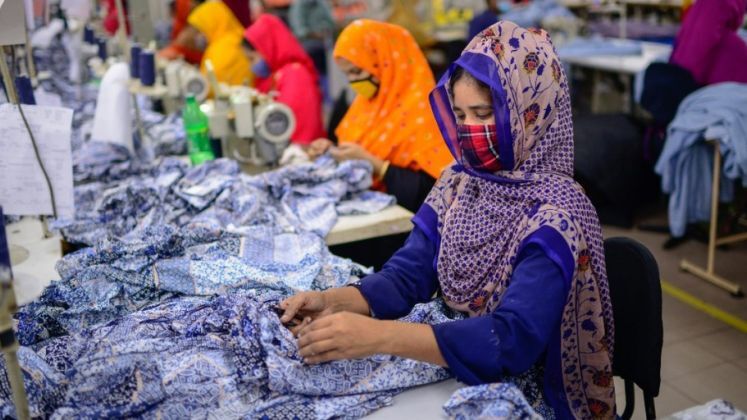
In a promising sign for Bangladesh’s economy, imports have rebounded after two years of decline, largely fueled by the rising demand for consumer goods and industrial raw materials, particularly in the ready-made garment (RMG) sector. This resurgence is attributed to an increase in exports and remittance inflows, suggesting a potential turnaround in the economic landscape.
According to recent data, imports grew by 3.53 per cent year-on-year, reaching US $ 32 billion in the first half of the fiscal year 2024-25. This marks a significant recovery from the 20 per cent drop recorded during the same period last year, with a notable 30 per cent surge in imports observed in December 2024 alone.
“We are witnessing an improvement in exports and remittance inflows, both of which have provided the necessary support for a recovery in imports,” stated Ahmed Shaheen, additional managing director of Eastern Bank.
The rebound in imports follows a challenging period in FY ’23, during which Bangladesh faced a foreign exchange crisis driven by soaring global prices exacerbated by the Russia-Ukraine conflict. The central bank had imposed restrictions on non-essential imports, and banks were hesitant to open letters of credit (LCs), leading to a significant decline in import activities.
However, as the economic situation improves, banks have started to ease restrictions on LCs, particularly for importing industrial raw materials vital for export-oriented industries. This trend signals a positive shift in business confidence and investment, which is crucial for sustaining economic growth.
Central bank data indicates that the opening and settlement of LCs for industrial raw materials increased significantly in the first half of FY ’25, a trend that appears to be continuing into January. “The growth in imports is likely to persist due to rising exports and the shifting of some work orders from China to Bangladesh amid ongoing US-China trade tensions,” Shaheen noted.
During the July-January period of FY ’25, Bangladesh recorded nearly a 12 per cent year-on-year increase in exports, further solidifying the connection between the RMG sector and rising import activities. However, industry experts caution that while imports related to RMG are on the rise, other domestic market-oriented industries have slowed down. Ashraf Ahmed, former president of the Dhaka Chamber of Commerce and Industry, pointed out that the increase in LCs is partly attributed to the need for food grains and consumables ahead of Ramadan.
Despite the overall positive outlook, Ahmed raised concerns about a significant 33 per cent decline in LC openings for capital machinery, indicating potential sluggishness in long-term investment. Md Deen Islam, an associate professor of economics at the University of Dhaka, emphasized that the growth in imports not only reflects improved economic conditions but also signals increased business confidence, which can boost GDP through enhanced production and trade activities.






